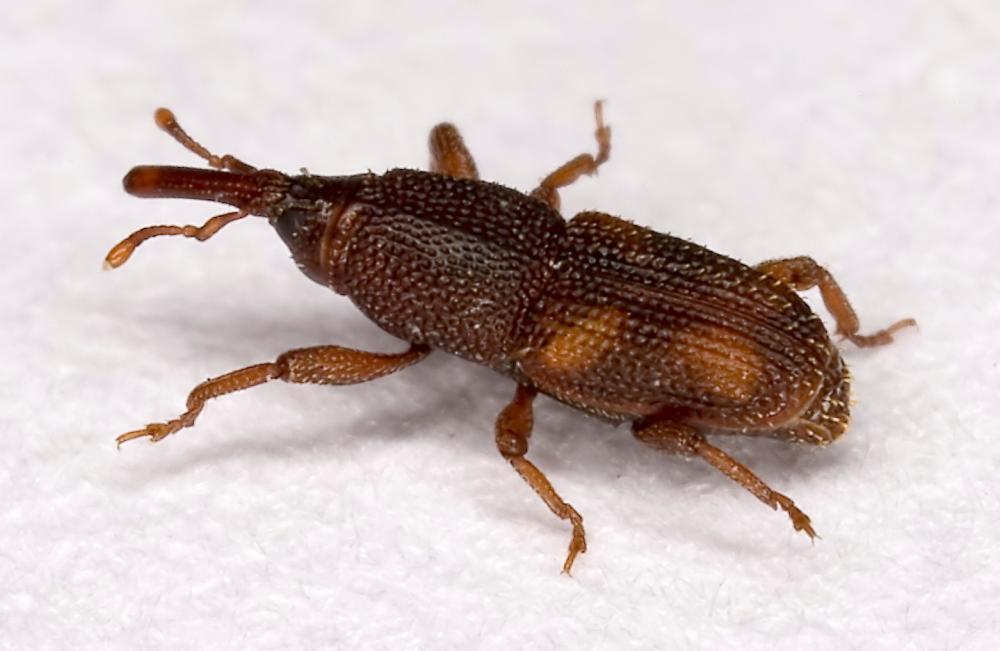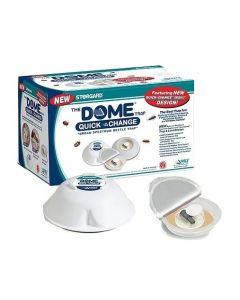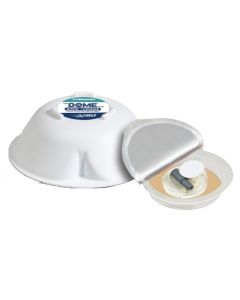Rice Weevil
Rice Weevil
Scientific Name: Sitophilus oryzae
How to identify a rice weevil
The adult is 2.5 – 3.5 mm long, somewhat smaller than the granary weevil. It is reddish brown, with 4 faint reddish or yellowish spots on the elytra, round or irregularly shaped punctures on the pronotum and with the typical long, slender snout at the front of the head.

Where are rice weevil commonly found?
These weevils prefer warmer temperatures and, unfortunately, are a very common food pest. The adults have well developed wings and fly from stored grain to fields of corn, wheat, or rice and start infestations that continue in storage.
Why are rice weevil considered a pest?
Stored product pests are responsible for enormous losses in may ways:
-
Losses due to direct consumption
-
Spoilage and loss of commodity quality
-
Contamination
-
Encouragement of mould growth in affected material
-
Economic losses
What is the biology and lifecycle of rice weevil?
The biology of this insect is similar to the granary weevil. However, the female may lay a total of 300 to 400 eggs. The life cycle may take 4 – 6 weeks and the adults live up to 6 months. Larvae and adults feed mainly on grains but can also be found in immense numbers feeding upon spaghetti/pasta.
Chemicals Required to Control Rice Weevil
A range of traps using pheromones and other attractants are available
-
These pheromone traps are designed as monitoring devices to determine whether a species is present, where the hotspots are and whether the numbers are high enough to justify an insecticide treatment
-
Traps are designed for monitoring in commercial environments
-
Traps can be effective as control measures in domestic situations (smaller areas)
Disrupters are a relatively new technology that can be used as part of an IPM program
-
The pheromone disrupts mating, breaking the breeding cycle
-
Disrupters can significantly reduce the need for spraying in commercial accounts
Management Tips for Rice Weevil
Residential treatments - Thorough inspection to find the source of the infestation
-
Check all food cupboards
-
Check open and unopened packets and containers
-
Dispose of any infested materials
-
If source cannot be identified check roof void / sub-floor
-
Carry out spot treatment to storage area surfaces if required
-
Use of pheromone traps to prevent future problems / monitor activity can be considered
Commercial treatments - Thorough inspection to find the source of the infestation
-
Infested stock will need to be disposed of or treated using grain protectants or fumigation options
-
Space sprays (often pyrethrum based) and surface sprays can be considered to target adults after (larvae) infestation has been controlled
-
Use of pheromone traps to prevent future problems / monitor activity can be considered




